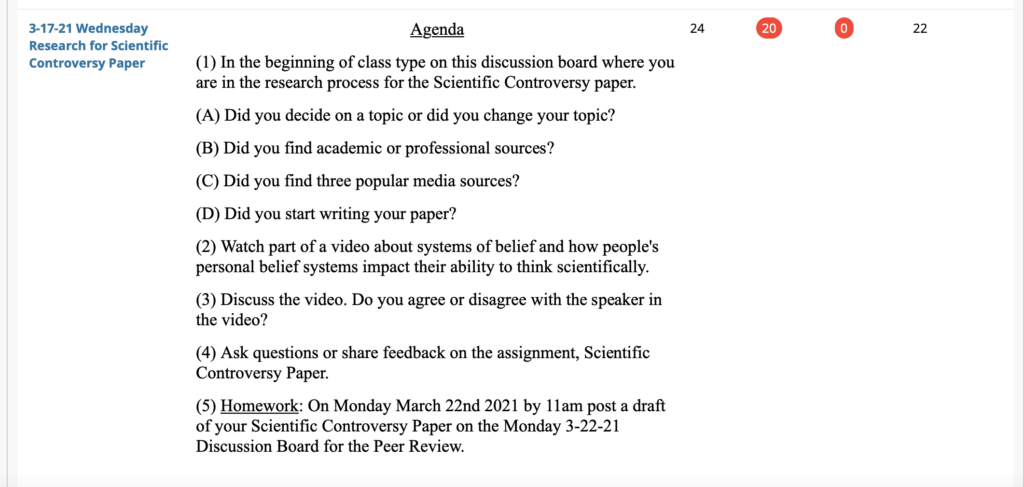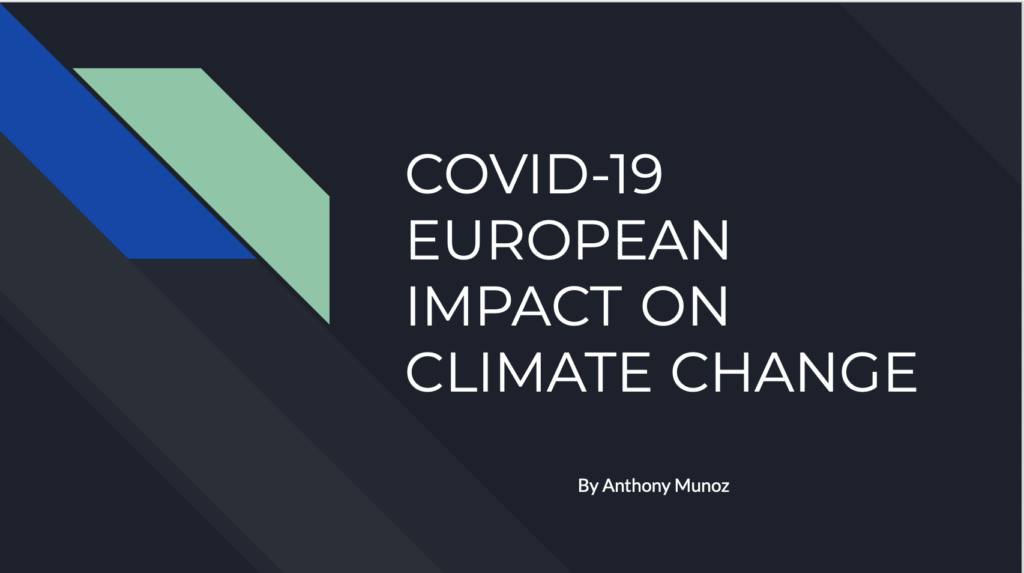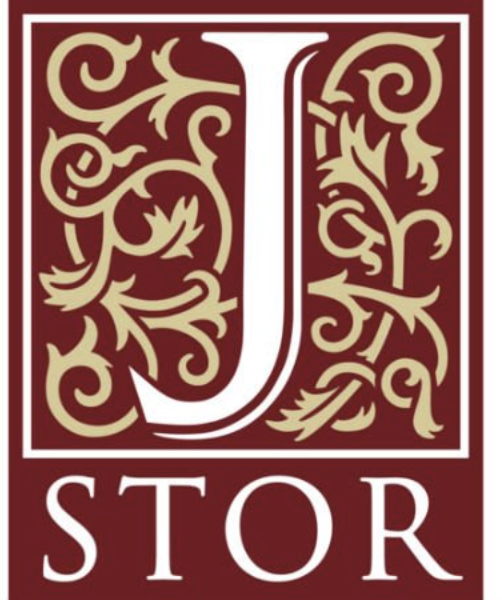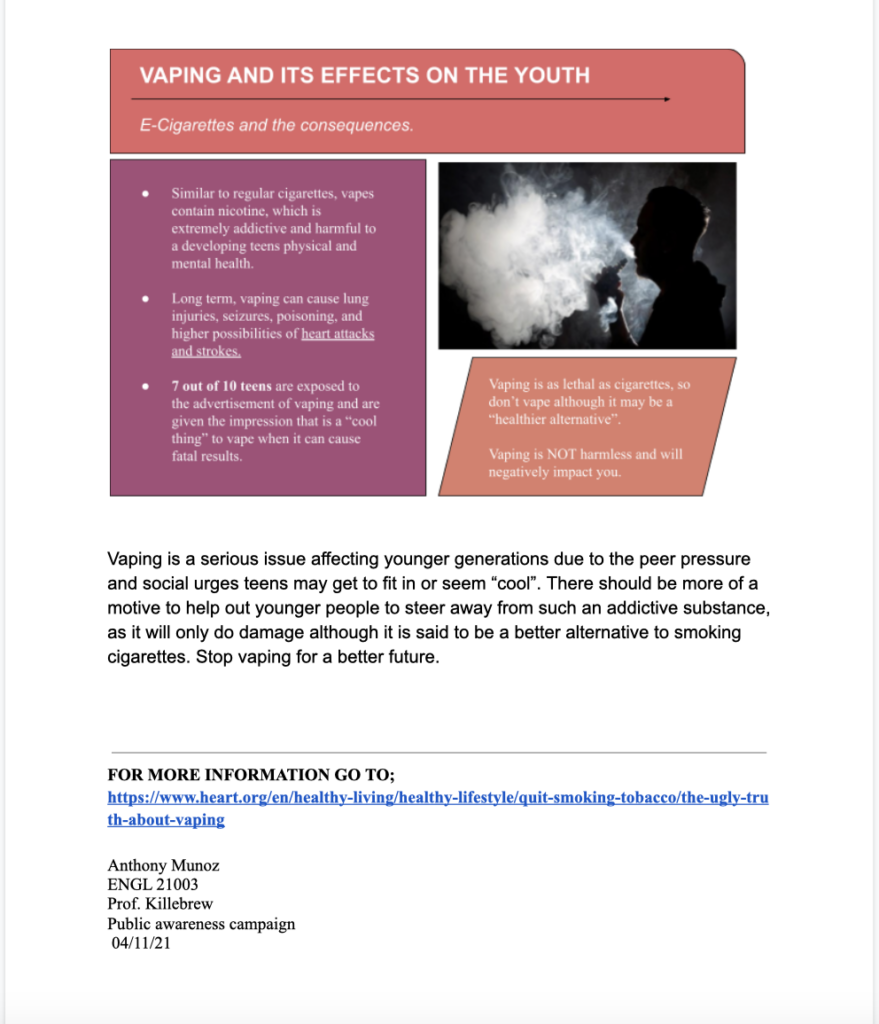Learning outcome #1: Explore and analyze, in writing and reading, a variety of genres and rhetorical situations.
Throughout this class, I acquired various skills on how to analyze and explore what was taught in class. In the assignment, NYT section summary, we all had to pick an article from the New York Times and paraphrase what it consist of. I was able to find who the author was and who they were targeting to further spread this information and make others aware of the topic. I would say I achieved this learning outcome with my work.
Learning outcome #2: Develop strategies for reading, drafting, collaborating, revising, and editing.
The discussion posts we would do before class were a great way to keep us engaged during and before class. These posts had us prepared to explain certain topics and assignments. I met this learning outcome by making drafts as well, to make changes and improvements to my writing. For the most part, my writing did not need many changes, but the option and accessibility for me to make edits was a major help.

Learning outcome #3: Recognize and practice key rhetorical terms and strategies when engaged in writing situations.
In my science controversy paper, I used rhetorical terms to find evidence in the article, to further support my claims/writing. I now include this learning outcome in all of my written pieces.

Learning outcome #4: Engage in the collaborative and social aspects of writing processes.
In this class, there were several times where we would go into breakout rooms. These breakout rooms were mainly used for us to review each other’s drafts, and at times to speak about a topic to further understand it. Discussion board posts also helped with the writing processes.
Learning outcome #5: Understand and use print and digital technologies to address a range of audiences.
I met this learning outcome with my presentation that I recorded for this class. This was the first time that I ever did this, yet I feel I did a good job to present and explain my topic to the class. I used google slides as well on the topic of climate change in Europe.

Learning outcome #6: Locate research sources (including academic journal articles, magazine and newspaper articles) in the library’s databases or archives and on the Internet and evaluate them for credibility, accuracy, timeliness, and bias.
There was day in class dedicated to informing us on how to use academic databases and libraries. This was a crucial part of gaining evidence from several sources that make my writing pieces much more credible and fluent. Professor Gibbons was a great help which guided me to properly search for articles that were related to my topics.

Learning outcome #7: Compose texts that integrate your stance with appropriate sources using strategies such as summary, critical analysis, interpretation, synthesis, and argumentation.
My public awareness campaign is the prime example on how I met this learning outcome. This campaign was very important to me as it dealt with the topic of vaping and how harmful it can be to younger people. I was clear with my opinion and view on this topic, as I made statements and summaries on how I believe it should be handled.

Learning outcome #8: Practice systematic application of citation conventions.
I met this learning outcome when in my research papers, I used certain formats for my cited work. This includes MLA and APA for, with the help of Purdue owl, which was also provided by the class.


